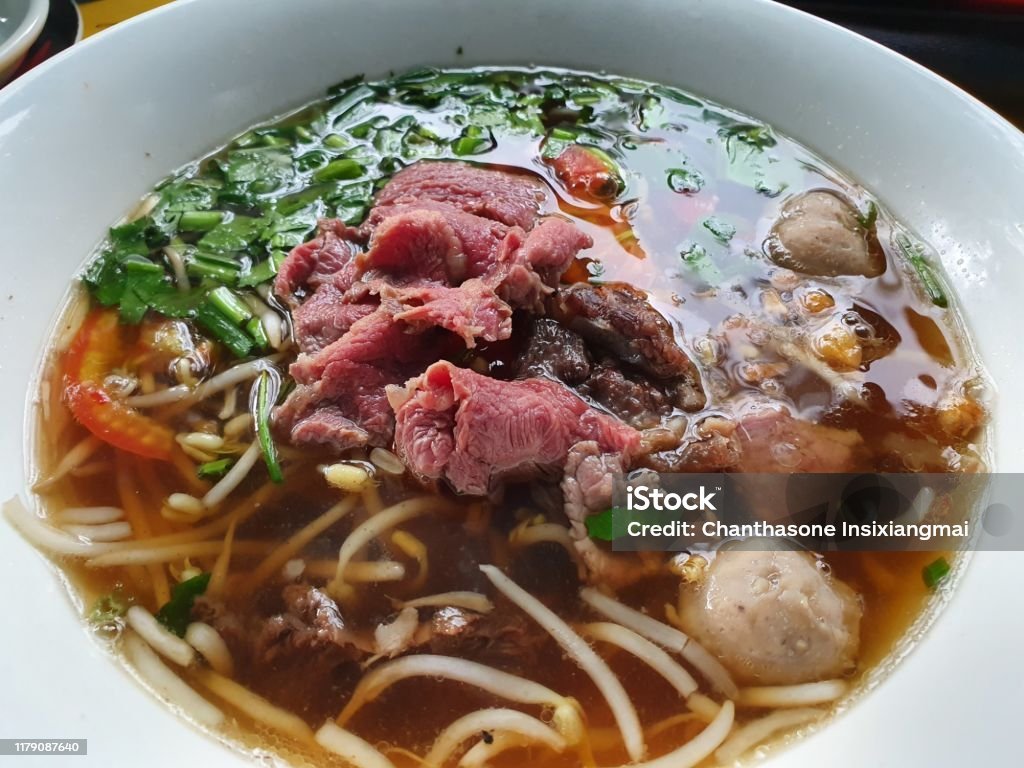
The nhà sàn, or stilt houses, is a traditional architectural style prevalent among various ethnic groups in the Central Highlands of Vietnam, particularly the Ede, Jarai, Bahnar, and K’ho people. These unique structures are designed to adapt to the region’s geographical and climatic conditions, as well as to meet the cultural and social needs of the communities.

Architectural Features
Elevated Design: The most distinctive feature of nhà sàn is its elevation above the ground, typically supported by wooden stilts. This design helps protect the inhabitants from floods, wild animals, and insects. It also provides ventilation and keeps the living space cooler in the hot and humid climate.
Materials: Traditional nhà sàn are constructed using locally sourced materials such as wood, bamboo, thatch, and rattan. The choice of materials ensures that the houses blend seamlessly with the natural environment and are sustainable.
Layout: A nhà sàn typically includes an open living area, sleeping quarters, and sometimes a kitchen space. Designs vary among ethnic groups but usually feature an open floor plan for communal living and social interactions.
Decorative Elements: Many nhà sàn feature intricate carvings and decorations reflecting the community’s cultural heritage and artistic traditions. These decorations often include motifs inspired by nature, mythology, and daily life.

Cultural Significance
Community and Family Life: The open layout of nhà sàn supports the communal lifestyle of the Central Highlands’ ethnic groups. It allows for large gatherings and communal activities, fostering a strong sense of community and family bonds.
Cultural Identity: The nhà sàn is a symbol of cultural identity and pride for the ethnic groups of the Central Highlands. It embodies their connection to the land and their ancestral traditions. Each house tells a story of the people who built it and their way of life.
Spiritual Beliefs: Many ethnic groups in the Central Highlands believe in animism, where spirits inhabit natural elements and man-made structures. The nhà sàn often includes a space for spiritual practices and rituals, reinforcing the connection between the physical and spiritual worlds.

Modern Challenges and Preservation
Urbanization and Modernization: The traditional way of life, including the construction of nhà sàn, faces challenges from urbanization and modernization. Younger generations are moving to urban areas for better opportunities, leading to a decline in the construction and maintenance of traditional houses.
Preservation Efforts: Efforts are being made to preserve and promote the cultural heritage of the Central Highlands. These include cultural tourism initiatives, government programs, and the work of non-governmental organizations to support the construction and maintenance of nhà sàn and to educate people about their cultural significance.
Cultural Tourism: The unique architecture and cultural richness of the nhà sàn have attracted tourists, providing an avenue for economic development and cultural preservation. Cultural tourism helps generate income for local communities while raising awareness about the importance of preserving traditional practices.

Conclusion
Nhà sàn Tây Nguyên are more than just houses; they are a testament to the ingenuity and cultural richness of the ethnic groups in Vietnam’s Central Highlands. These stilt houses reflect a deep understanding of the environment and a way of life that values community, tradition, and sustainability. Preserving and promoting the heritage of nhà sàn is crucial for maintaining the cultural diversity and history of Vietnam.







